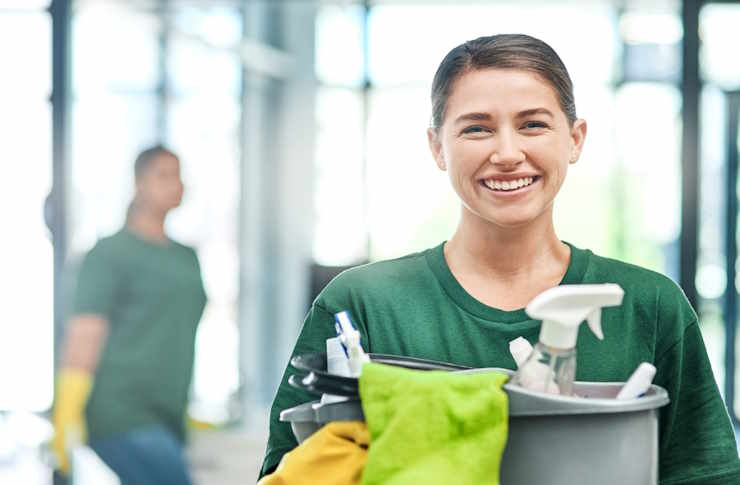What's Really in Your Bottled Water? Uncovering the Facts Behind the Label
Think bottled water is just pure H2O? Think again. Many brands contain hidden contaminants and misleading labels that can affect your health. Discover what's really in your bottled water and learn how to make the safest choice for you and your family.

Understanding Bottled Water Labels: What Do They Really Mean?
Bottled water labels can be surprisingly cryptic. Terms like “spring water,” “purified water,” “mineral water,” and “artesian water” aren’t just marketing jargon—they have specific definitions regulated by the FDA. Spring water must come from an underground formation where water flows naturally to the surface. Purified water has been processed to remove impurities, regardless of its source. Mineral water contains at least 250 parts per million of total dissolved solids. Artesian water comes from a well that taps a confined aquifer.
However, these definitions only tell part of the story. A “natural spring water” label doesn’t guarantee purity—it simply indicates the water’s source. Similarly, “purified” doesn’t specify which contaminants were removed or which remain. Understanding these distinctions helps consumers look beyond attractive packaging to make healthier choices.
Hidden Contaminants: What Could Be Lurking in Your Bottled Water?
Despite rigorous regulations, bottled water isn’t always as pure as consumers might expect. Studies have identified concerning substances in some bottled water brands, including microplastics, disinfection byproducts, and even pharmaceutical residues. Microplastics—tiny plastic particles that can leach from the bottle itself—have been found in many major bottled water brands. These particles may potentially carry harmful chemicals into your body.
Additionally, some bottled water contains detectable levels of PFAS (per- and polyfluoroalkyl substances), often called “forever chemicals,” which have been linked to various health concerns. While most contaminant levels fall within legal limits, consumers should understand that “legal” doesn’t necessarily mean “zero.” Even purified water can contain trace amounts of chemicals that weren’t targeted by the specific purification process used.
Comparing Bottled Water and Tap Water: Which is Safer?
The bottled versus tap water debate isn’t straightforward. Contrary to popular belief, tap water in many U.S. communities is held to standards as strict as—sometimes stricter than—those for bottled water. The EPA regulates public water systems, while the FDA oversees bottled water, often adopting EPA standards.
One key difference: municipal water suppliers must provide annual quality reports to consumers, while bottled water companies aren’t required to publish their testing results. Additionally, tap water contains disinfectants like chlorine to prevent bacterial growth during distribution, while bottled water typically doesn’t. This means bottled water can develop bacterial contamination if stored improperly or for too long.
The safety comparison ultimately depends on your local water quality, the specific bottled water brand, and personal health considerations. For most healthy Americans with access to treated municipal water, the difference in safety is minimal compared to the environmental impact of bottled water.
Choosing the Right Bottled Water: Tips for Making an Informed Decision
For those who prefer or need bottled water, several strategies can help ensure you’re getting quality product. Look for brands that voluntarily publish water quality reports, either on their websites or upon request. Consider waters bottled in glass rather than plastic to minimize microplastic exposure. Check for NSF International or International Bottled Water Association (IBWA) certifications, which indicate the producer meets standards beyond the minimum FDA requirements.
In the United States, regional differences in bottled water quality exist, with some states implementing stricter regulations than federal requirements. California, for example, has more rigorous testing and labeling laws for bottled water than many other states. Additionally, imported bottled waters may be subject to different standards in their countries of origin, something worth researching if you regularly consume imported brands.
The Environmental and Economic Impact of Bottled Water Consumption
The average American spends between $100 and $1,400 annually on bottled water, depending on consumption habits and brand choices. This represents a massive premium compared to tap water, which typically costs less than $1 per year for the same volume. Beyond personal economics, bottled water carries significant environmental costs, including the petroleum used in bottle production, carbon emissions from transportation, and plastic waste.
| Bottled Water Type | Average Cost (per gallon) | Common Examples | Key Features |
|---|---|---|---|
| Premium Spring Water | $5.00-$10.00 | Evian, Fiji | Natural mineral content, exotic sources |
| Standard Spring Water | $1.50-$4.00 | Poland Spring, Crystal Geyser | Regional spring sources |
| Purified Water | $1.00-$2.50 | Dasani, Aquafina | Municipal sources with additional filtration |
| Alkaline Water | $3.00-$7.00 | Essentia, Core | pH adjusted to 8+ |
| Enhanced Water | $4.00-$8.00 | SmartWater, Vitaminwater | Added electrolytes or vitamins |
Prices, rates, or cost estimates mentioned in this article are based on the latest available information but may change over time. Independent research is advised before making financial decisions.
Why You Should Learn More About Bottled Water
Knowledge about bottled water empowers consumers to make choices aligned with both health and values. As research continues to evolve regarding microplastics and emerging contaminants, staying informed helps you navigate an increasingly complex marketplace. Additionally, understanding bottled water’s true costs—both financial and environmental—can inform more sustainable hydration habits.
For those concerned about water quality, home filtration systems offer a middle ground between tap and bottled water. These systems can remove many of the same contaminants as commercial bottling processes at a fraction of the long-term cost and environmental impact. Whether you choose bottled water for convenience, taste, or perceived safety benefits, being an informed consumer ensures you’re getting what you actually want from that bottle.
Ultimately, the perfect water choice varies based on individual circumstances. What matters most is having accurate information to cut through marketing claims and make decisions based on facts rather than fear or clever packaging.
This article is for informational purposes only and should not be considered medical advice. Please consult a qualified healthcare professional for personalized guidance and treatment.




